The world of music has always been a playground for innovation, and nowhere is this more evident than in the realm of microtonal tuning. While equal temperament dominates Western music, a growing number of instrument makers and musicians are exploring the rich possibilities of just intonation—specifically, the creation of custom pure-tuned instruments capable of producing microtonal scales. These instruments challenge conventional notions of harmony, offering a sonic palette that feels both ancient and futuristic.
The allure of pure tuning lies in its acoustic perfection. Unlike equal temperament, which slightly distorts intervals to allow for key changes, just intonation relies on simple integer ratios to create intervals that resonate with natural harmonic series. This results in chords that feel "purer" and more resonant, but at the cost of flexibility—a tradeoff that has fascinated composers from Harry Partch to Ben Johnston. Custom instruments built for this system must be meticulously designed to accommodate these precise frequency relationships.
Luthiers and experimental instrument builders are pushing boundaries with bespoke creations. From refretted guitars with 24 or more unevenly spaced frets to specially tuned hammer dulcimers and even microtonal synthesizers, these instruments require an intimate understanding of both acoustics and the performer's needs. The process often begins with mathematical calculations of interval ratios before any wood is carved or metal shaped. Some builders incorporate adjustable components, allowing musicians to modify intervals for different compositions—a nod to the flexibility lost in abandoning equal temperament.
Performance on these instruments demands retraining the ear and fingers. Microtonal violins, for instance, might have fingerboards marked with intricate patterns rather than standard positions. Wind instrument players must develop new embouchure techniques to hit frequencies that don't exist on their conventional counterparts. This physical aspect creates a unique bond between musician and instrument—each custom creation becomes an extension of the artist's personal musical language.
The resurgence of interest in pure tuning coincides with technological advancements that make customization more accessible. Digital fabrication tools like CNC routers allow for precise execution of complex designs, while software modeling helps predict acoustic behavior before construction begins. Yet paradoxically, many builders combine these high-tech methods with ancient craftsmanship techniques, creating instruments that bridge past and future. The resulting creations often look as extraordinary as they sound—sculptural objects that challenge our visual and aural expectations of musical instruments.
Microtonal pure-tuned instruments are finding their way into diverse musical contexts. Contemporary classical ensembles commission them for specialized repertoire, while experimental rock and electronic musicians incorporate them for their otherworldly timbres. Some builders collaborate directly with composers, creating one-of-a-kind instruments tailored to specific compositions—a level of customization rarely seen since the Renaissance.
As these instruments proliferate, they raise fascinating questions about the nature of musical perception. The pure intervals of just intonation can sound startlingly consonant or strangely unfamiliar depending on context and the listener's background. This dichotomy makes each performance on such instruments a unique experience—one that can expand our understanding of what music can be. The growing community of microtonal instrument builders and players suggests we may be witnessing the early stages of a quiet revolution in how we conceive of and interact with musical sound.

By /Jul 17, 2025

By /Jul 17, 2025

By /Jul 17, 2025

By /Jul 17, 2025
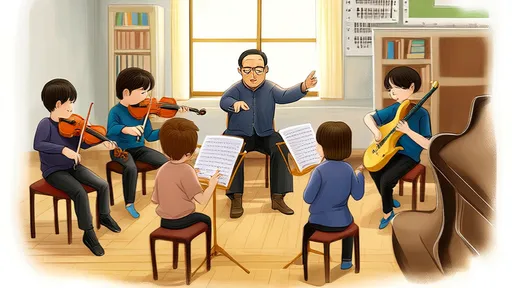
By /Jul 17, 2025

By /Jul 17, 2025

By /Jul 17, 2025

By /Jul 17, 2025
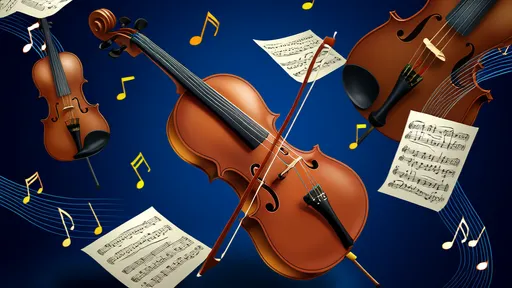
By /Jul 17, 2025

By /Jul 17, 2025

By /Jul 17, 2025
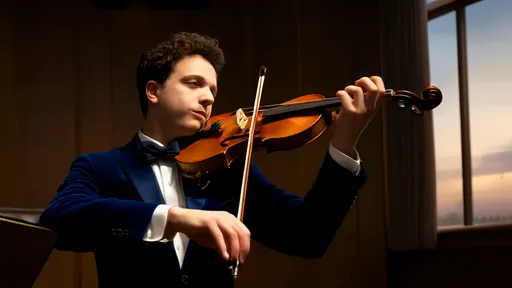
By /Jul 17, 2025

By /Jul 17, 2025

By /Jul 17, 2025

By /Jul 17, 2025
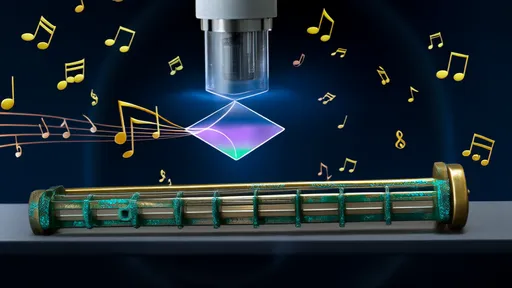
By /Jul 17, 2025
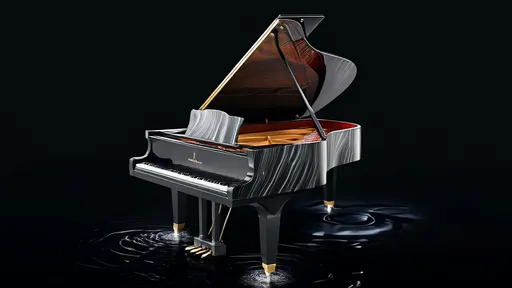
By /Jul 17, 2025

By /Jul 17, 2025